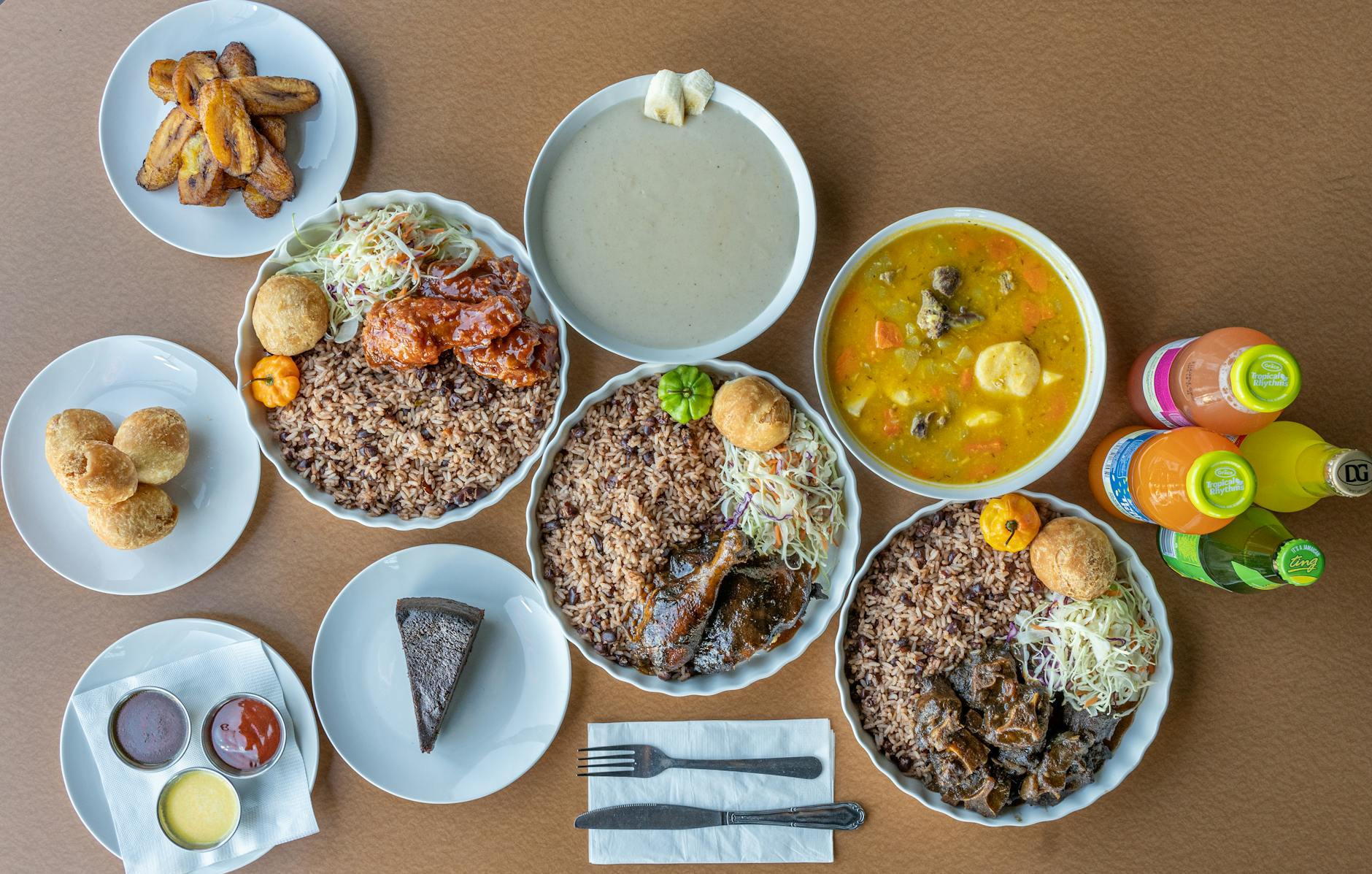The Miao, also known as the Hmong people, are an ethnic group with a vibrant culture and rich traditions. With a population of around nine million in China alone, the Miao are one of the largest minority groups in the country. They are primarily concentrated in Guizhou province, where over four million Miao people reside. However, Miao communities can also be found scattered all over the world, including countries like France, Canada, Australia, and the United States.
The Miao people have a deep connection to their traditions and customs. They have unique marriage ceremonies that reflect their cultural values and beliefs. Alongside this, they celebrate various festivals throughout the year that showcase their traditional music, costumes, and culinary delights.
In this article, we will explore the vibrant culture of Miao tourism. We will delve into their customs and traditions surrounding etiquette and hospitality. We will also take a closer look at their elaborate marriage ceremonies and highlight some of their most important festivals. Through this exploration of Miao culture, we hope to provide an insight into this fascinating ethnic group's way of life.
Exploring Miao Customs
The Miao people place great importance on etiquette and hospitality. They are known for being gracious hosts when visitors come to their homes. One common custom is for families to kill a chicken when guests arrive to provide poultry for them to eat. This act symbolizes generosity and respect towards guests.
Another interesting custom is the sharing of a poultry heart during meals. The senior member of the household presents it using a chopstick to demonstrate respect towards the guest. In return, the guest must share the heart with the person who presented it to them as an expression of gratitude.
Marrying within one's own ethnicity is highly valued among the Miao people. Their marriage customs are unique and deeply rooted in tradition. Those interested in learning more about these ceremonies can visit places like the Guizhou Museum of Marriage Customs of Ethnic Minorities, where they can explore the intricacies of Miao wedding traditions.
The Use of Glutinous Rice Cake
The Miao people have a special relationship with glutinous rice cake. This delicacy is prepared, cooked, and eaten during various occasions. When a man and woman fall in love, they exchange rice cakes as an expression of admiration. Even during Valentine's Day celebrations, Miao boys and girls exchange rice cakes to show their affection.
After exchanging the rice cakes, it is customary to draw a mandarin duck as a symbol of love. Weddings also involve eating glutinous rice cake adorned with dragon and phoenix drawings. These customs highlight the significance of this traditional food in Miao culture.
Festivals Celebrated by the Miao People
The Miao people celebrate several festivals throughout the year that are deeply ingrained in their cultural identity. One such festival is the Lusheng Festival, which holds immense popularity in Yunnan, Guizhou, and Sichuan provinces. It is considered to be one of the grandest festivals celebrated by the Miao people.
During this festival, visitors can enjoy traditional music played on lusheng instruments made from bamboo. The Miao people are excellent lusheng players and often serenade tourists with their melodic tunes. It is an opportunity to immerse oneself in the vibrant sounds and rhythms that define Miao musical traditions.
Another festival cherished by the Miao community is the Sisters' Meal Festival. Held during late October or November according to the lunar calendar, it is known as Asia's oldest Valentine's Day celebration. Symbolizing new beginnings and prosperity, this festival showcases elaborate rituals involving colorful costumes and traditional cuisine.
The New Year Festival is another popular event among the Miao people that offers a glimpse into their unique customs and festivities. Visitors can witness large parades featuring women and girls dressed in traditional costumes. The festival also includes various attractions such as horse racing, bullfights, and the best spirits offered by the Miao population.
Exploring Miao Silver Jewelry and Textiles
The Miao people are renowned for their exquisite silver jewelry and textiles. These crafts are primarily made in Guizhou Province, where the largest population of Miao people reside. Male silversmiths use various techniques such as casting, smelting, engraving, and knitting to create intricate ornaments that reflect concepts like beauty, unity, fortune, and pride.
Nature-inspired motifs dominate Miao silver ornaments and textiles. Flowers and auspicious animals symbolizing fertility, long life, and prosperity adorn these pieces. Silver itself holds symbolic significance representing light, the moon, fertility, protection against evil, wealth of women, and courtship. Families spare no expense in adorning their daughters with these exquisite pieces to attract suitors who perceive them as measures of the wearer's qualities.
Unveiling the Vibrant Culture of Miao Tourism
Exploring the vibrant culture of Miao tourism offers a unique opportunity to immerse oneself in an ethnic group's fascinating traditions and customs. From their gracious hospitality to elaborate marriage ceremonies and colorful festivals celebrating love and prosperity—Miao culture is a treasure trove of experiences waiting to be discovered.
By visiting places like Guizhou Province in China or attending cultural events organized by local communities worldwide, one can witness firsthand the rich tapestry of music, costumes, culinary delights brought to life by the resilient spirit of the Miao people. It is an invitation to step into a world where tradition meets modernity—a journey that promises authentic experiences filled with warmth and wonder.

Exploring the vibrant culture of Miao (Hmong) tourism allows us to delve into a world brimming with rich traditions rooted deeply within this ethnic group's identity. From their customs surrounding etiquette and hospitality to elaborate marriage ceremonies and colorful festivals, Miao culture offers a captivating glimpse into a community's way of life. By immersing ourselves in these experiences, we not only gain a deeper understanding of the Miao people but also celebrate the diversity and beauty found within our global tapestry. So let us embark on this journey together and embrace the vibrancy of Miao tourism.
—mythoughtfultravels.blogspot.com
